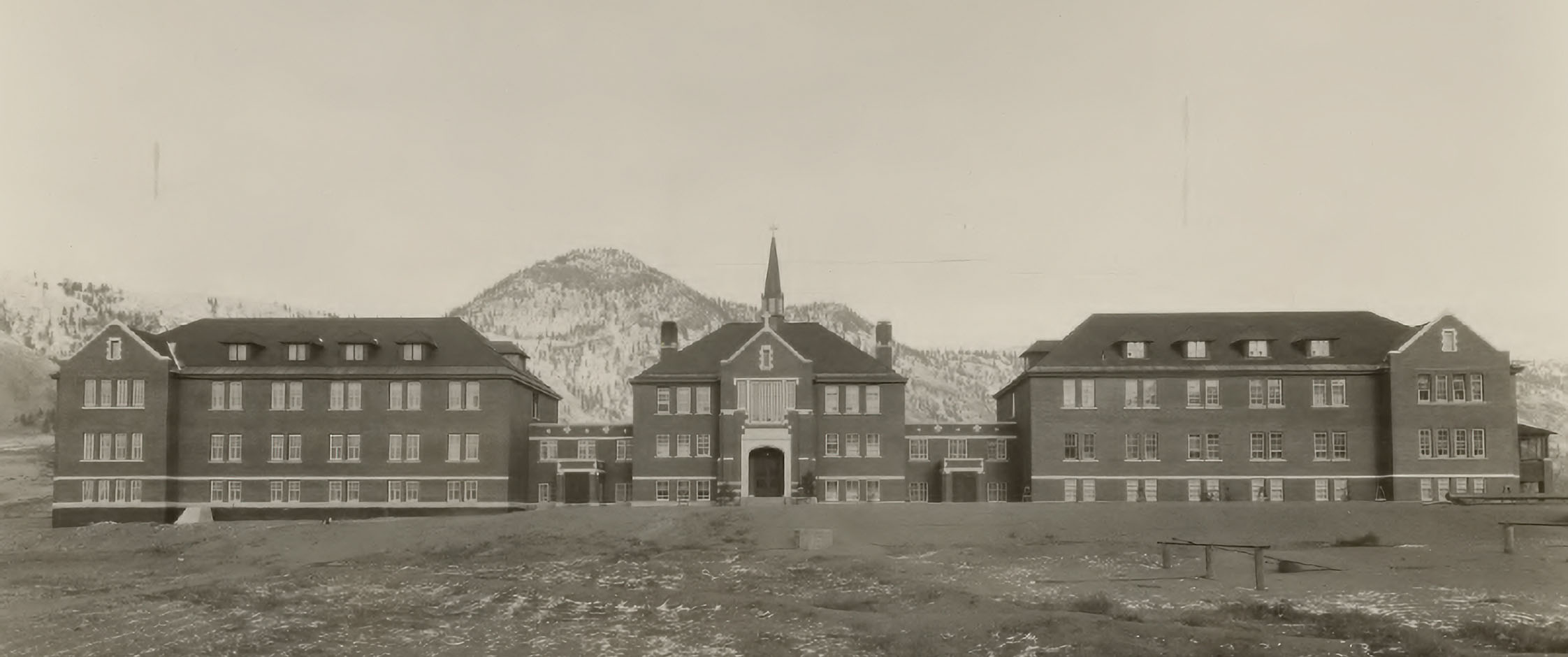
As we move through this difficult time, and more information comes to light about this and other residential schools, there will be further challenging conversations ahead—please practice self-care and stay connected to your support network.
Our CEO's statement:
I know that many of you, like me, are disturbed by the discovery of unmarked graves at the former Residential School in Kamloops, in Tk’emlúps te Secwépemc First Nations territory. It is difficult to pass through Kamloops without noticing the school building on the South Thompson River. It has always imposed itself on the landscape; it has always looked out of place to me.
I started working for legal aid in Kamloops four years after that Residential School closed in 1979. While I knew it was there, like most Canadians I had only a very limited understanding of its role in the colonial structure. It was not until the publication of the Truth and Reconciliation Commission’s reports that I began to understand how destructive places like the Kamloops Residential School have been and how instrumental they were to Canada’s genocide of Indigenous peoples.
The final report of the TRC devoted an entire volume to Canada’s Residential Schools: Missing Children and Unmarked Burials (you can find it here). The report concluded:
- The commission has identified 3,200 deaths on its Register of Confirmed Deaths of Named Residential School Students and the Register of Confirmed Deaths of Unnamed Residential School Students.
- For just under one-third of these deaths (32%), the government and the schools did not record the name of the student who died.
- For just under one-quarter of these deaths (23%), the government and the schools did not record the gender of the student who died.
- For just under one-half of these deaths (49%), the government and the schools did not record the cause of death.
- Aboriginal children in residential schools died at a far higher rate than school-aged children in the general population.
- For most of the history of the schools, the practice was not to send the bodies of students who died at schools to their home communities.
- For the most part, the cemeteries that the commission documented are abandoned, disused, and vulnerable to accidental disturbance.
- The federal government never established an adequate set of standards and regulations to guarantee the health and safety of residential school students.
- The federal government never adequately enforced the minimal standards and regulations that it did establish.
- The failure to establish and enforce adequate regulations was largely a function of the government’s determination to keep residential school costs to a minimum.
- The failure to establish and enforce adequate standards, coupled with the failure to adequately fund the schools, resulted in unnecessarily high death rates at residential schools.
Significantly, the report stated that its findings mirrored the statements that former students and the parents of former students gave to the commission. They spoke of children who went to school and never returned. For many Indigenous people, questions about what happened to their children or relatives remain unanswered.
Although I have had Elders tell me about the unmarked graves at the Residential Schools they attended, I still found the news from Kamloops about the discovery of unmarked burials of Indigenous children to be deeply disturbing. To me, it is a profoundly important reminder of the importance of meaningful reconciliation.
It is my hope that the media attention will reignite the political will to advance the TRC’s Calls to Action and the recommendations of the Missing and Murdered Indigenous Women and Girls report. My own plan is to review the LABC Reconciliation Action Plan and to talk to others about how we can continue to advance LABC’s commitment to reconciliation.
Mark Benton, QC
CEO, Legal Aid BC
